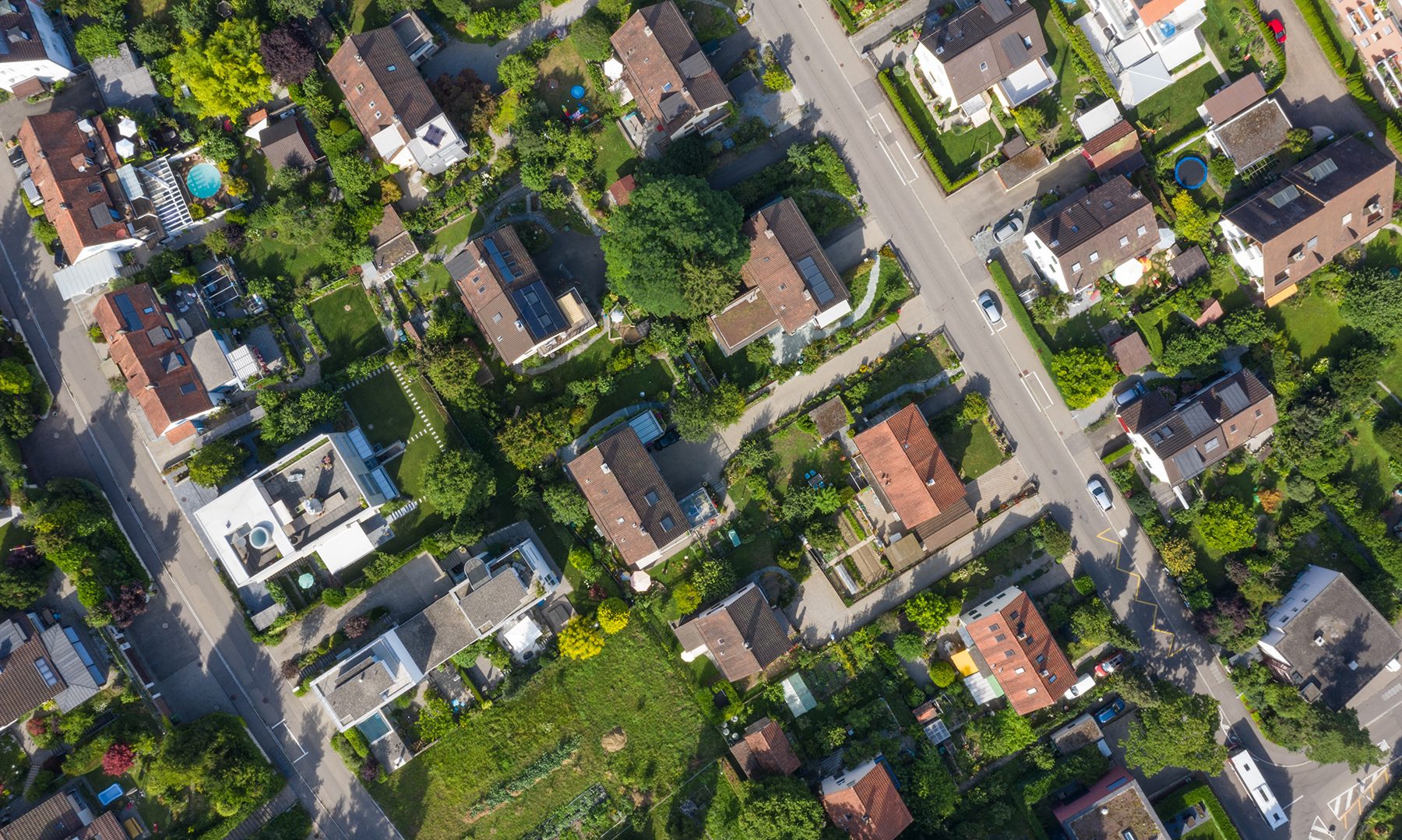1 in 15 homes have hazardous levels of radon.
Learn more about radon and how the team at SWAT can help reduce radon levels in your home.
What is radon?
Radon is a naturally occurring, radioactive gas that escapes when uranium in the soil decays. Radon becomes concentrated in a home, school or workplace as it seeps through cracks in the foundation or other natural openings in a structure. Breathing contaminated air in an enclosure over an extended period of time can cause serious health issues including lung cancer. Per the Environmental Protection Agency (EPA), they recommend homes that measure 4.0 pCi/L or higher have a radon mitigation system installed.
- Radon is responsible for over 20,000 deaths annually.
- Radon is the #1 cause of lung cancer in non-smokers.
- 1 in 15 homes test positive for dangerous levels of radon. In some U.S. counties, 2 in 5 homes have elevated levels of radon.
- Any home or business that has radon levels that measure above the EPA’s recommendation level of 4.0 pCi/L (picocuries per liter) or higher should have a radon mitigation system installed.
Testing is the only way to detect radon.
The only way to determine if your home or business is at risk for radon exposure is to test. Your home or business could have high levels of radon and you may not even be aware.
Tests kits can be purchased at a local hardware or home improvement store or online. Some states or municipalities may offer free test kits. Visit our Locations page to find radon resources available in your state.
Learn more about radon testing and radon test kits.
How do I reduce radon levels?
After you have completed a test and received your results, if the levels of radon exceed 4.0 pCi/L, you may need a radon mitigation system installed. Mitigation systems utilize a system of pipes and a fan to pull the dangerous radon gas from a structure releasing it into the atmosphere, where it naturally exists.
Whether you are a homeowner or a realtor, SWAT Environmental provides unmatched, professional radon mitigation services with a team of qualified technicians, who live and work locally to serve neighborhoods across the U.S.
We will recommend the best radon mitigation system based on your radon level reading and other structural considerations.
1-800-NO-RADON
(1-800-667-2366)
Awareness and Advocacy
These organizations are the leading environmental and health experts who are focused on radon education and advocacy:




